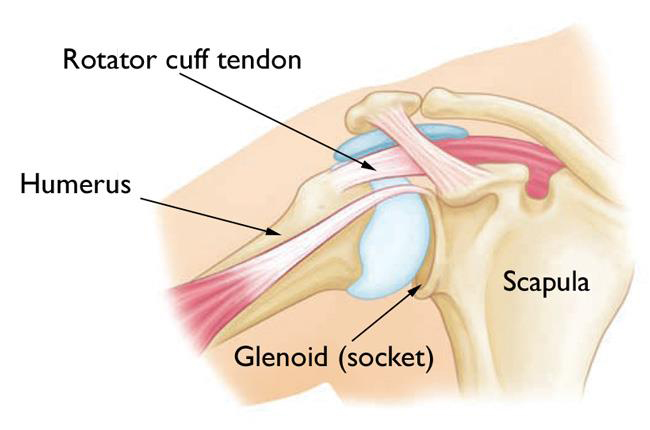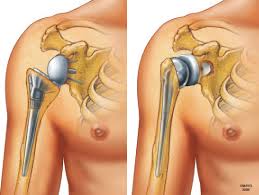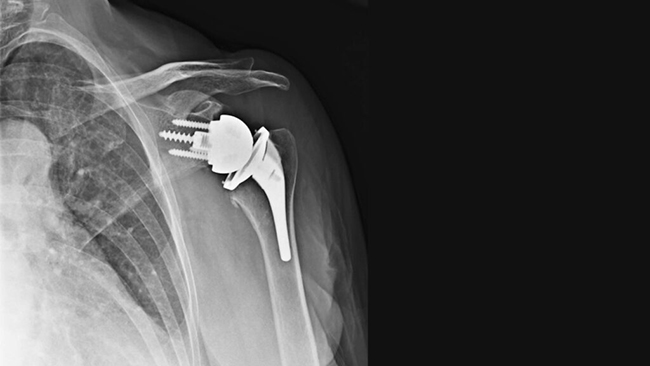Reverse Shoulder Replacement Surgery in Delhi – Your Complete Guide to Healing
Shoulder pain is more than just a physical inconvenience — it can significantly affect your daily routine, restrict your independence, and prevent you from enjoying the activities you love the most. For people suffering from significant shoulder issues like severe arthritis, irreparable rotator cuff injuries, or unsuccessful past surgeries, Reverse Shoulder Replacement Surgery in Delhi has been shown to be a very effective option.
While understanding the procedure is important, the most common question patients ask is: “What’s the recovery duration?” This guide examines each phase of the Reverse Shoulder Replacement Recovery Time, the factors that affect it, and ways to enhance your outcomes.
What Is Reverse Shoulder Replacement Surgery?
In a typical shoulder replacement, the damaged ball-and-socket joint is replaced with artificial components that mimic natural anatomy.
In numerous patients, the rotator cuff is either significantly injured or entirely damaged. In these circumstances, traditional shoulder replacement might not offer the required stability or range of motion. This is where reverse shoulder replacement plays a role.
This process alters the typical configuration of the joint by positioning the ball in the location of the socket and the socket in the place the ball. This enables the deltoid muscle to assume the lifting motion role that the rotator cuff previously managed, greatly enhancing shoulder movement and reducing pain.
When Is Reverse Shoulder Replacement Necessary?
Your orthopaedic doctor might suggest reverse shoulder replacement in cases like:
- Irreparable rotator cuff injuries
- Advanced shoulder arthritis accompanied by rotator cuff injury
- Complicated fractures of the shoulder joint
- Unsuccessful past shoulder surgeries
- Ongoing instability leading to discomfort and lack of strength
In all these instances, the reverse method provides greater stability and functional enhancement than conventional surgery.

Understanding Reverse Shoulder Replacement Recovery Time
The recovery time after a Reverse Shoulder Replacement differs from one patient to another. Factors like age, general health, the degree of shoulder injury, and commitment to rehabilitation will all affect your individual timeline.
Here is a general recovery roadmap
- Immediately After Surgery (Hospital Stay) – The majority of patients stay in the hospital for 1 to 3 days. Your arm will be held in a sling, and light exercises may start with a physiotherapist’s supervision to avoid stiffness.
- weeks 1–6 (Early Recovery) – The sling is typically always worn, except when exercising or taking a bath. Passive movement exercises are implemented to preserve mobility without stressing the recovering tissues.
- Weeks 6–8 (Transition Phase) – You will slowly begin active range-of-motion exercises, moving the shoulder independently. Discomfort typically lessens during this time.
- Months 6–12 (Full Recovery) – The majority of patients attain almost full recovery, exhibiting enhanced mobility, strength, and diminished pain levels. For certain individuals, advancement persists even after the one-year milestone
Although these timelines provide a broad overview, your actual Reverse Shoulder Replacement Recovery Time will depend on how consistently you adhere to your post-operative care plan
Benefits of Successful Recovery
A seamless recovery does not only indicate a faster healing time — it guarantees you receive all the advantages of surgery:
- Relief from discomfort for improved sleep
- Enhanced stability in the shoulder joint
- Improved flexibility for everyday activities
- Improved well-being free from ongoing discomfort
- Assurance in utilizing your shoulder for employment, athletics, or leisure activities.

Rehabilitation and Physical Therapy – The Key to Recovery
Physical therapy is the essential aspect of the Reverse Shoulder Replacement Recovery Time. Without it, even the most successful surgical results could be restricted.
Your rehabilitation will typically follow these stages:
- Phase 1 (0–6 Weeks) – Exercises must be performed passively, assisted by a therapist or utilizing your opposite arm. The emphasis is on recovery and avoiding stiffness.
- Phase 2 (6–12 Weeks) – Start with active movements and gentle strengthening activities. The use of slings is slowly decreasing.
- Phase 3 (3–6 Months) – Gradual enhancement of the shoulder and adjacent muscles.
- Phase 4 (6+ Months) – Resume sports, heavy lifting, or more strenuous physical activities, if permitted by your surgeon.
Staying consistent in therapy is the most significant element in decreasing your total Reverse Shoulder Replacement Recovery Time.
Tips to Shorten Recovery Time
Although recovery takes time, these suggestions can facilitate a quicker and more seamless healing process:
- Adhere closely to the post-surgery care guidelines given by your surgeon.
- Go to every physiotherapy appointment and complete the recommended exercises at home.
- Consume a diet rich in nutrients that includes sufficient protein, vitamins, and minerals for the repair of tissues.
- Refrain from abrupt shoulder motions or lifting heavy objects in the initial recovery phase.
- Keep proper posture to minimize stress on the recovering joint.
- Maintain a positive outlook and be patient — healing is a journey, not a competition.

How Long Before You Can Return to Normal Life?
Many patients can start light activities after 3 months, go back to desk jobs in 4–6 weeks, and participate in more strenuous jobs or sports after 6–12 months. It’s crucial to keep in mind that “normal” varies for each person, and the Reverse Shoulder Replacement Recovery Time will depend on individual’s progress.
Conclusion – Expert Care for a Faster Recovery
If you are experiencing ongoing shoulder pain or restricted movement and are thinking about reverse shoulder replacement, selecting the right surgeon significantly impacts both the surgery’s success and the pace of your recovery
Patients benefit from specialized surgical care and personalized rehabilitation programs provided by Dr. Ankit Varshney. This method helps in reducing the recovery time for Reverse Shoulder Replacement Surgery and promotes lasting functional enhancement.
Don’t allow shoulder pain to dictate your life — begin your journey toward a pain-free future. Schedule your consultation now and start your path to recovery with the best orthopaedic and sports injury expert in Delhi.
